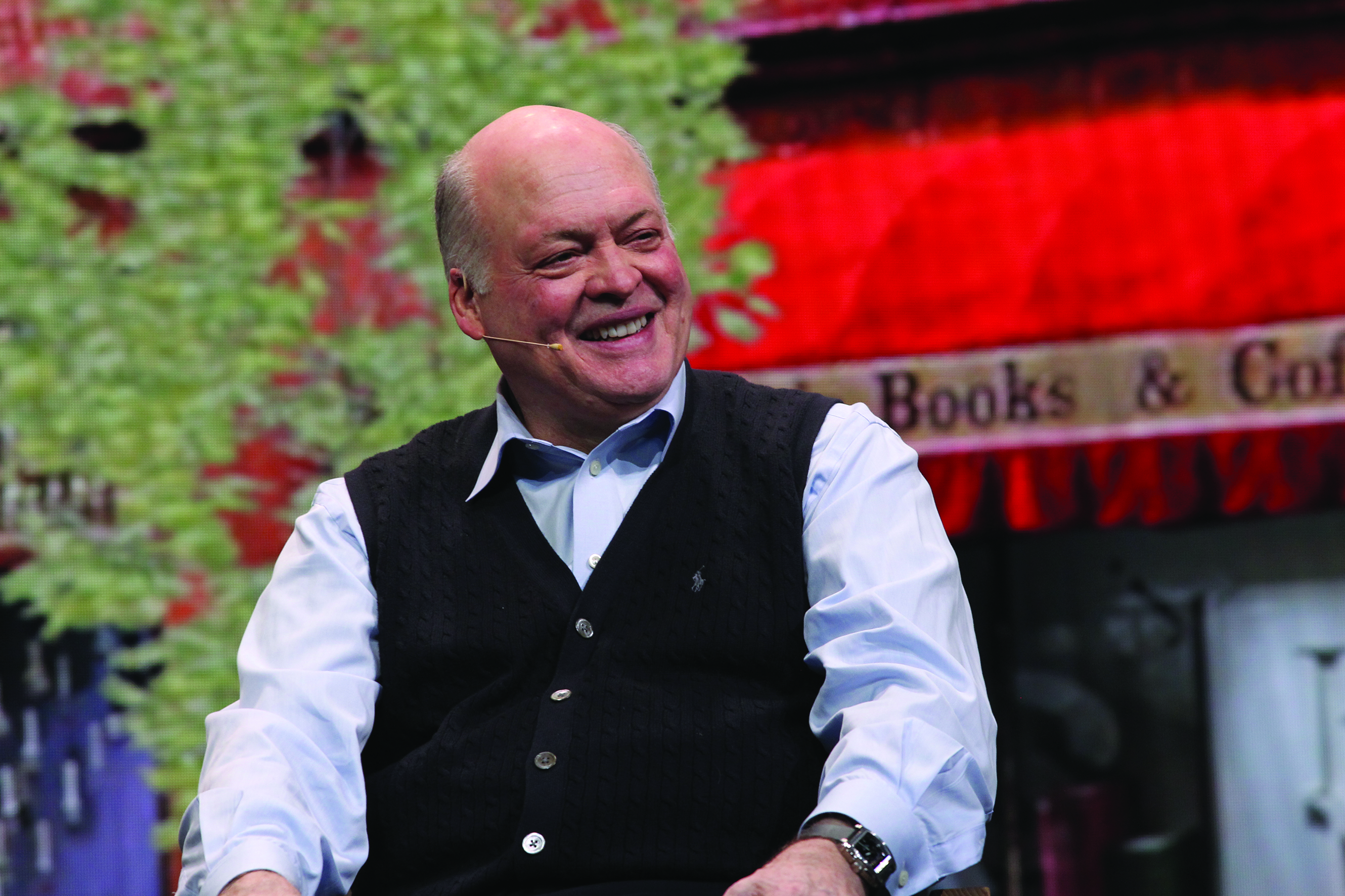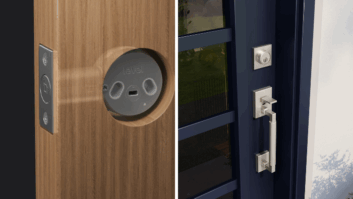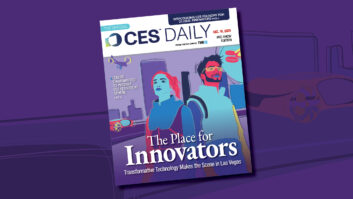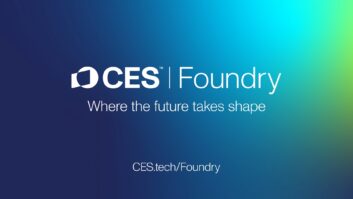
Jim Hackett, president/CEO, Ford Motor Company, delivered a thoughtful keynote speech to kick off Day 1 of CES 2018 to outline Ford’s transformation from “just a car company” to a solutions company using data, software and artificial intelligence to redefine civic life as we know it.
Indeed, there was very little talk of specific vehicles or the latest in-car features. What Hackett set out to answer was the more philosophic question: “How do we combine vehicles and technologies so they become more than the sum of their parts and redesign the surface transportation system of the world so that it’s designed around communities?”
Get this kind of CE coverage all year long — subscribe to the free TWICE eNewsletter.
He began with a history lesson tracing Ford’s roots back to founder Henry Ford’s vision of a connected America through transportation. Ford saw the freedom of movement through vehicles and roads as the gateway to a better civic life for Americans. Part of that dream foresaw the creation of interstates, which Hackett called “the new transportation operating system of the time.”
And civic life was improved for many, with easier transportation increasing the availability of education, health care, housing, food, even vacations. But with technological innovation always comes unintended consequences and the proliferation of cars and the interstate system generally had a negative impact on communities. As Hackett put it: “the roads that were created for cars, replaced streets that were created for living,” with fast food killing local eateries and diners, farming being driven further from population centers, town squares being replaced by suburban malls. “More freedom came at the expense of our shared sense of being.”
Today, Hackett said, Ford is accepting the responsibility of restoring the vibrancy of city and community living through technology, primarily through the development of smart cities. Ford’s vision is an open source, cloud-based, data-driven infrastructure system that can be used by city planners, architects, technology companies and citizens to redefine urban space around a concept called “The Living Street.” On it, connected and autonomous cars will feed data into the system that allows for less congestion, fewer parking spaces, easier pedestrian flow and more communal town square space.
Ford’s focus is now on building the city of tomorrow at ground level, where “The Living Street” leads to “The new civic freedom.”
Don Butler, Ford’s executive director of connected cars noted that Ford has 700,000 connected vehicles on the road today and that every new Ford car from now on will be connected.













